LG washing machine does not pick up speed during spin cycle
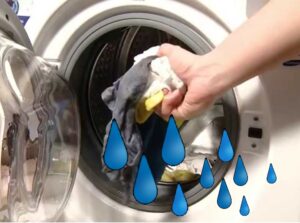 Sometimes users notice that the LG washing machine does not gain speed during the spin cycle. The machine performs the washing routinely, starts rinsing, but at the final stage of the cycle it cannot accelerate the drum to the required speed. Let’s figure out how to act in such a situation, what details of the “home assistant” will have to be checked.
Sometimes users notice that the LG washing machine does not gain speed during the spin cycle. The machine performs the washing routinely, starts rinsing, but at the final stage of the cycle it cannot accelerate the drum to the required speed. Let’s figure out how to act in such a situation, what details of the “home assistant” will have to be checked.
Drum overload, imbalance or dampers
These three reasons are combined for a reason. They are the ones that most often lead to problems with spinning. In the case of overload and imbalance, you can return the machine “to operation” in just a few minutes. If the dampers are damaged, more serious repairs will be required.
The first and most important rule is to monitor how much laundry is put into the washing machine. If you exceed the maximum permissible load weight, it is likely that the machine will not be able to spin the drum to the required speed. When wet, the laundry becomes heavier, the sensors detect too much weight and the control module does not allow the spin to start, since there is a high risk of damaging the cross.
If there is an overload, it is enough to remove some of the things from the drum, then the automatic machine will calmly perform the spin cycle.
If the laundry in the drum is bunched up, the washing machine will also not start spinning. To fix the problem, just distribute things evenly in a “centrifuge”. After disassembling the lump, resume operation of the machine.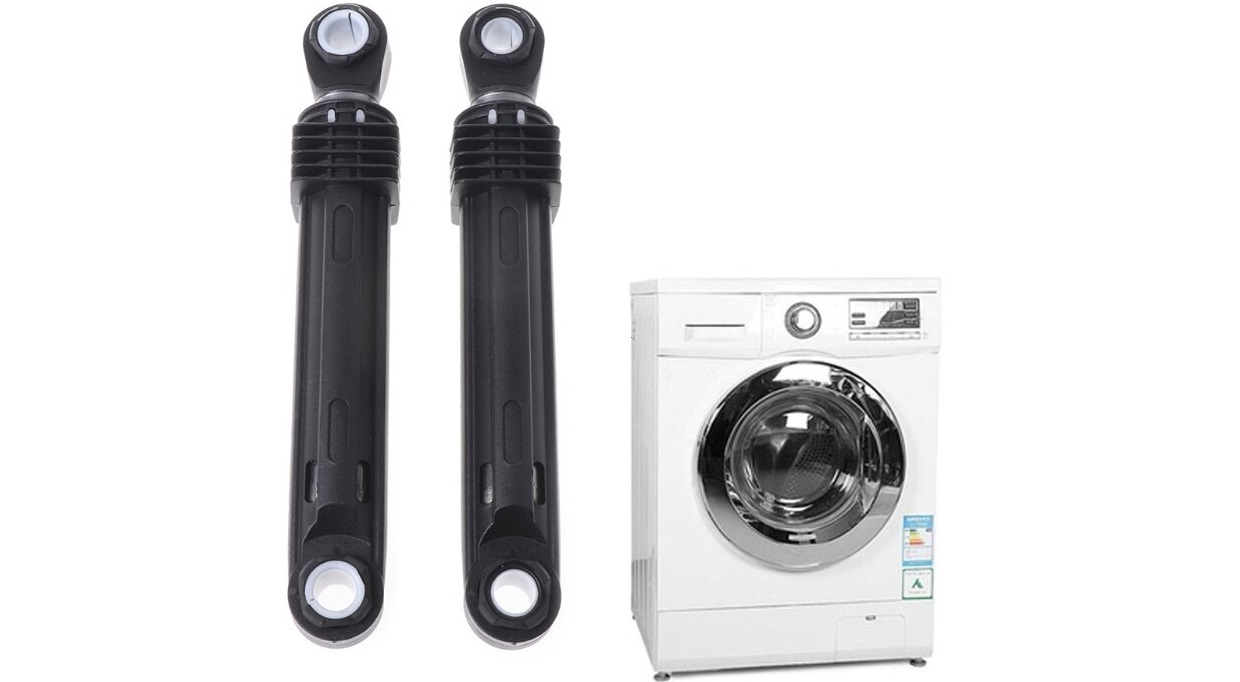
Sometimes the measures listed above may not be effective due to damage to the dampers of the LG washing machine. In such a situation, the tank is not secured in the machine and dangles, risking damage to other internal components and elements.The control module does not recognize this problem, but the auto-weighing sensor detects it as an overload and does not allow you to start spinning. The repair will consist of replacing the shock absorbers.
Incorrect settings
In some cases, things in the drum remain wet due to simple carelessness. Sometimes users in a hurry choose the wrong washing mode that they planned. Activate another program, the settings of which do not provide for spinning or are set at minimum speed. This situation can be observed when running functions:
- "Delicate";
- "Night wash";
- "Silk";
- "Sportswear";
- "Wool".

Having chosen one of the indicated programs, you should not expect a full spin from the automatic machine. If you find that the items in the drum are wet, simply run the function separately, setting the required number of revolutions.
On the control panel of LG machines there is a “No spin” button; if you accidentally press it when activating any program, be prepared for things to remain wet.
Pay attention to the Hall sensor or motor
The reason that the automatic machine does not want to wring things out may be a faulty tachogenerator. The Hall sensor regulates the number of engine revolutions, so if it breaks down, the speed of the drum movement is disrupted. You can check the element yourself; to do this you need to:
- remove the back panel of the machine body;
- find the motor and tachometer (they are located below, under the tank);
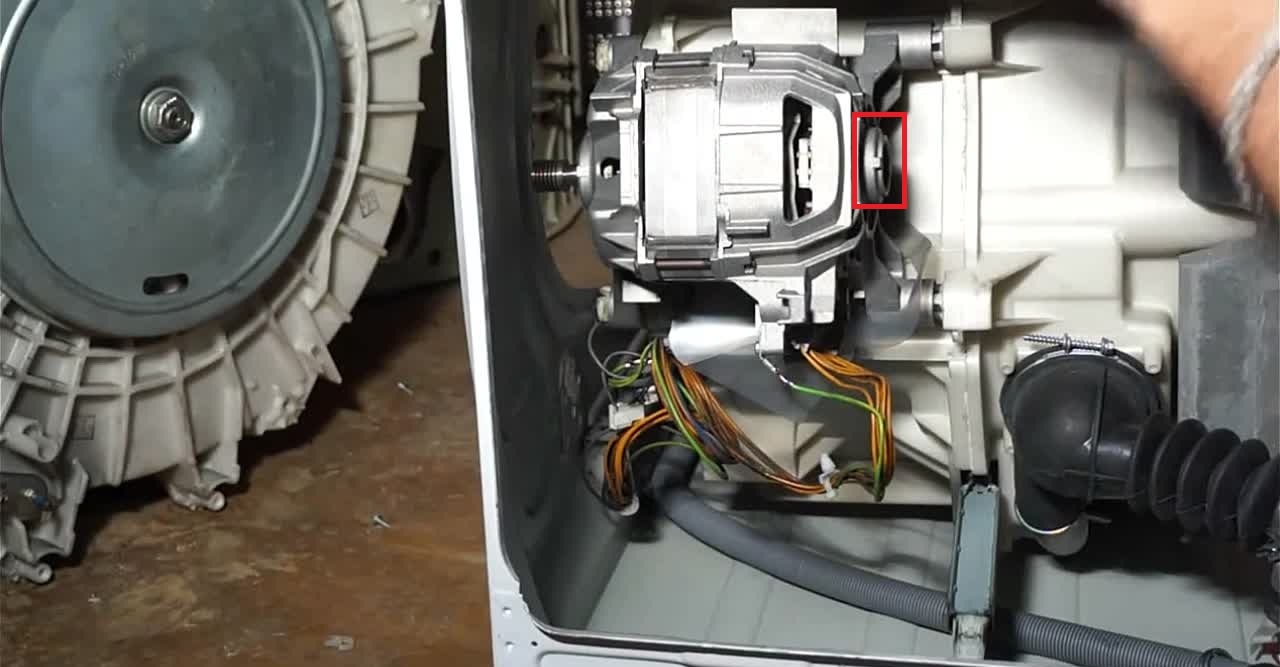
- take a photo of how the wires are connected to the elements (so as not to make a mistake when reconnecting the parts);
- reset the wiring from the motor and Hall sensor;
- Unscrew a couple of bolts holding the motor in the clamping arms;
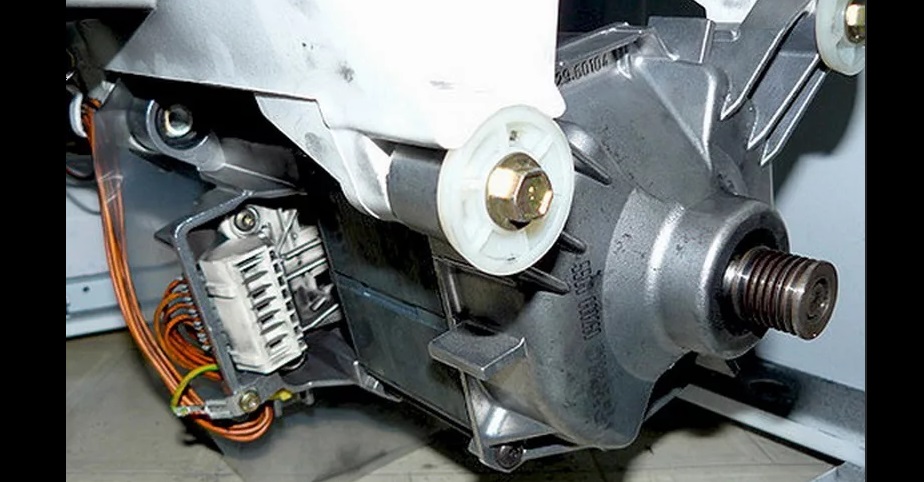
- press on the body of the electric motor to “drown” it inside;
- pull out the motor from the body of the automatic machine;
- remove the tachometer (small ring) from the electric motor;
- test the Hall sensor using a multimeter.
The multimeter is switched to resistance measurement mode. Afterwards, the probes of the device are applied to the contacts of the Hall sensor. If the tester display shows zero or one, it means the tachogenerator is faulty.
As a replacement, you should buy an original Hall sensor for the LG washing machine; analogues will not work.
Also, the reason for the lack of spinning may be a failed electric motor. Inverters break down extremely rarely, literally in isolated cases, but collectors have a couple of weak points. Usually they suffer from brushes and stator windings.
When it really is a matter of worn brushes, repairing the machine will be relatively simple. You need to buy suitable components and install new parts yourself. If the winding is damaged, the entire motor will have to be replaced. To check, the electric motor is removed from the housing. To remove and inspect the brushes, you need to unscrew a small bolt on each side. Then the graphite rods are removed from the groove. If one is even a few millimeters shorter than the other, the pair must be changed.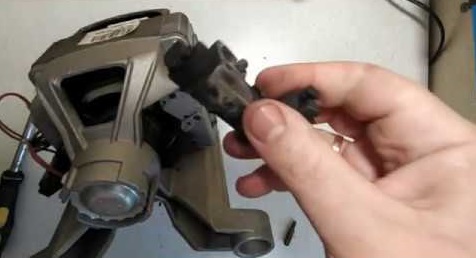
If the electric brushes are in perfect order, perhaps the problem is in the stator winding. It is tested using a multimeter for breakdown. During diagnostics, it is necessary to check each turn. An indirect sign of damage is a burning smell from the engine. Due to the breakdown of the stator winding, the electric motor loses power. For this reason, it cannot accelerate to high speeds. Rewinding an engine is very expensive; it is much easier and cheaper to buy and install a new engine. The unit is selected for a specific model of automatic washing machine.
If you notice that the automatic machine does not wring things out, you should not panic. Usually the answer lies on the surface - the function was disabled accidentally, you overloaded the machine, or the intelligence detected an imbalance of the drum. Failure occurs extremely rarely. Even if the tachometer or motor fails, you can fix the machine at home. Replacing these elements is quite simple; special skills and knowledge are not required to carry out the work.
Interesting:
Reader comments
- Share your opinion - leave a comment

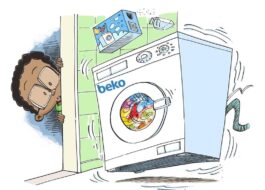
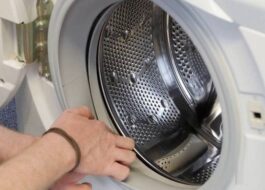
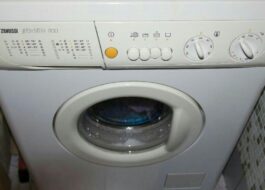

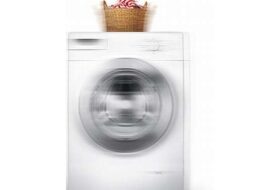
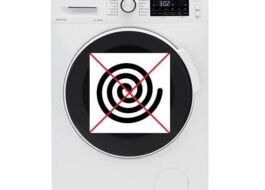














Add a comment